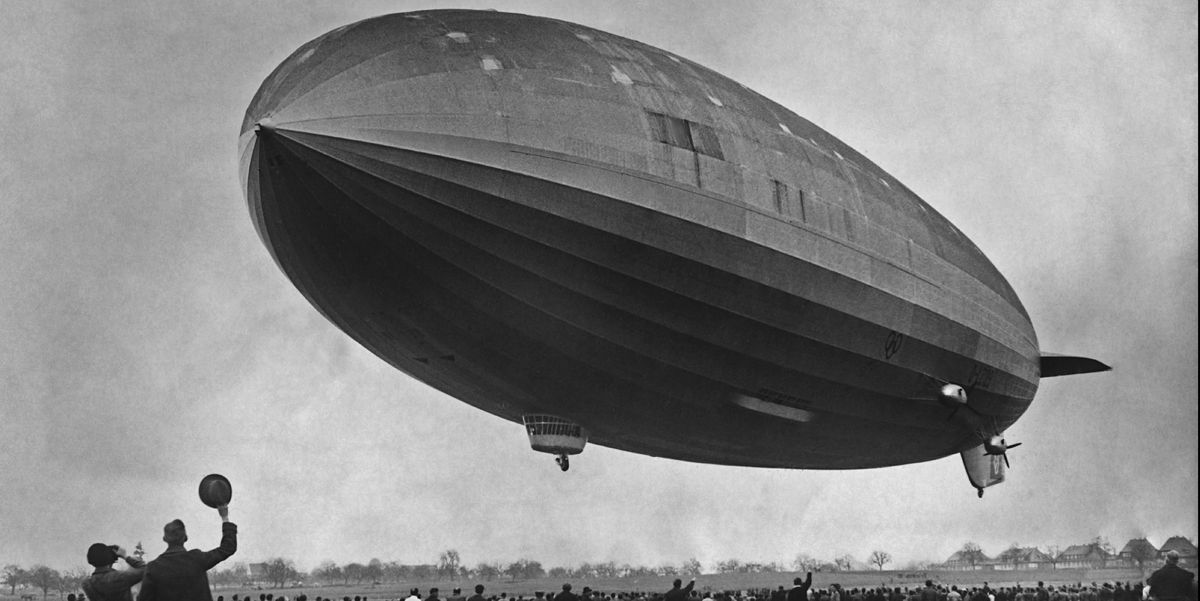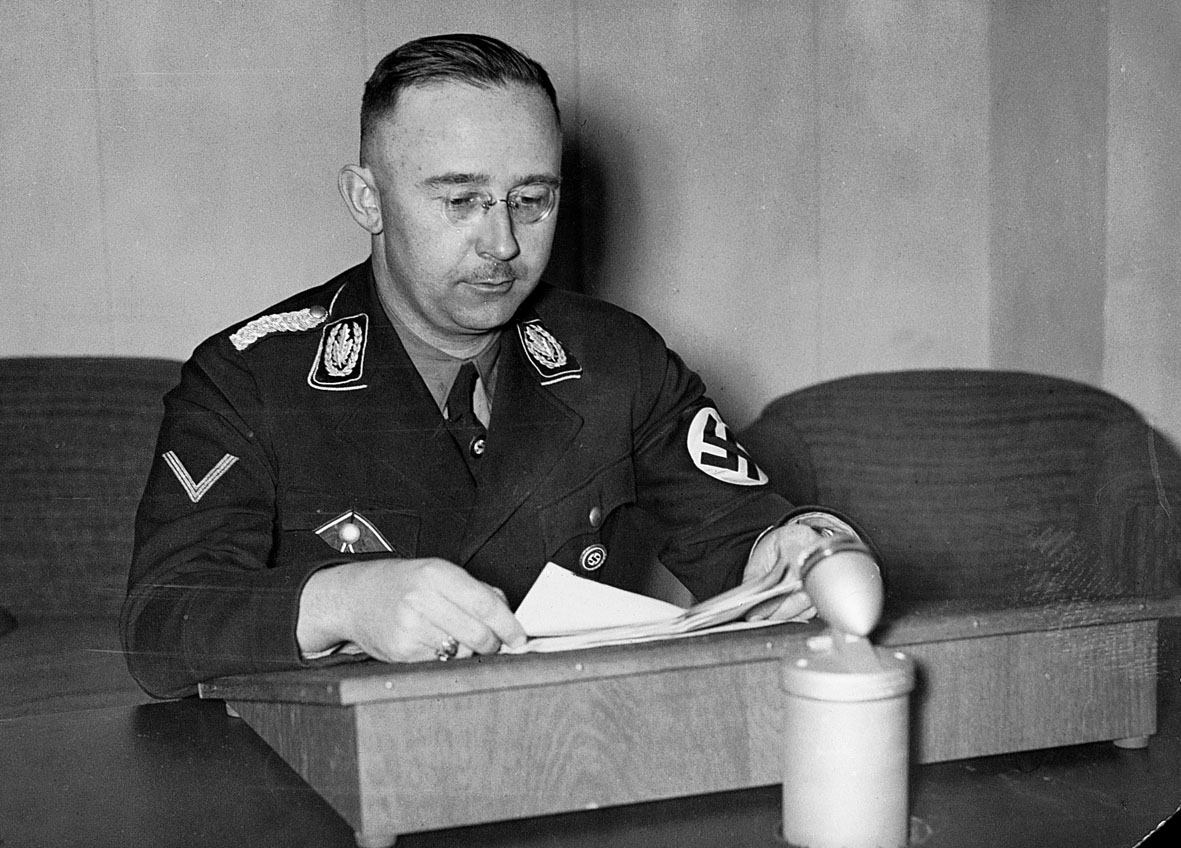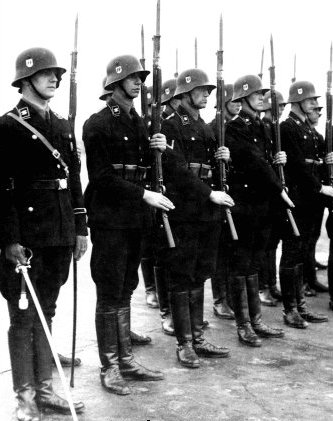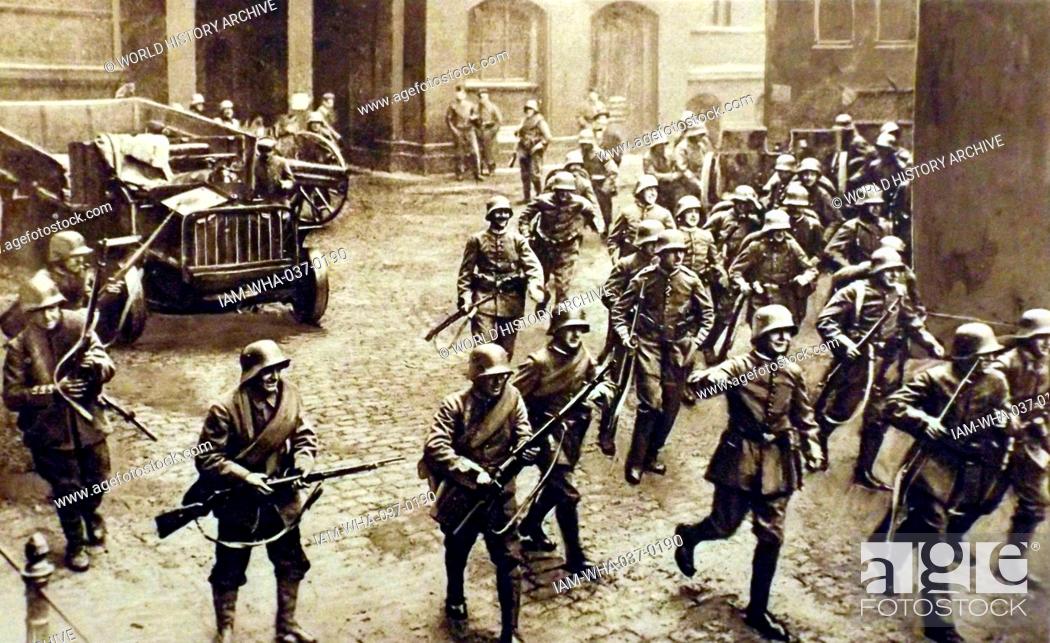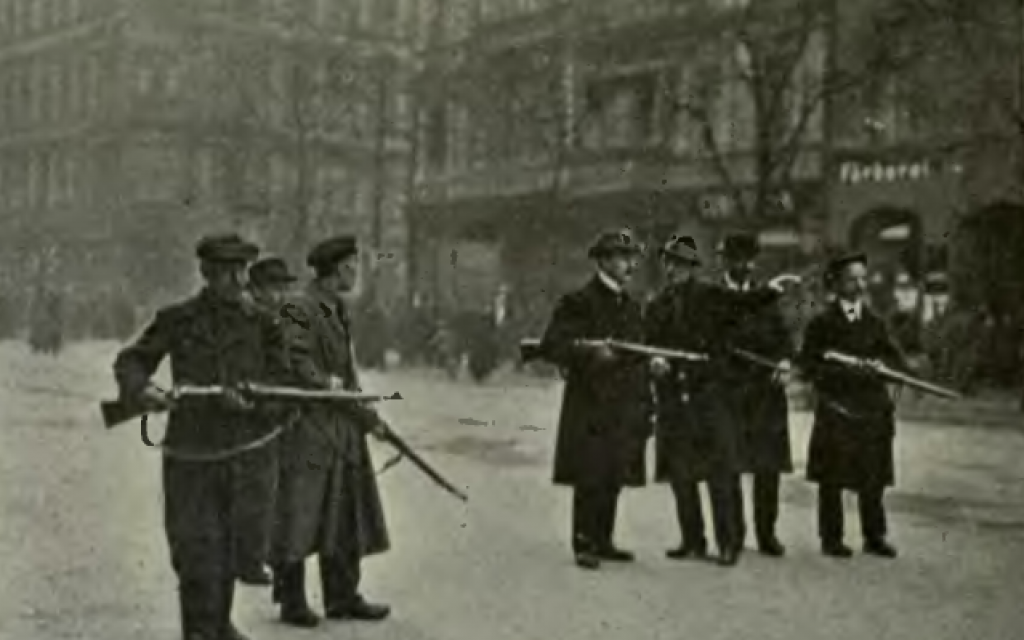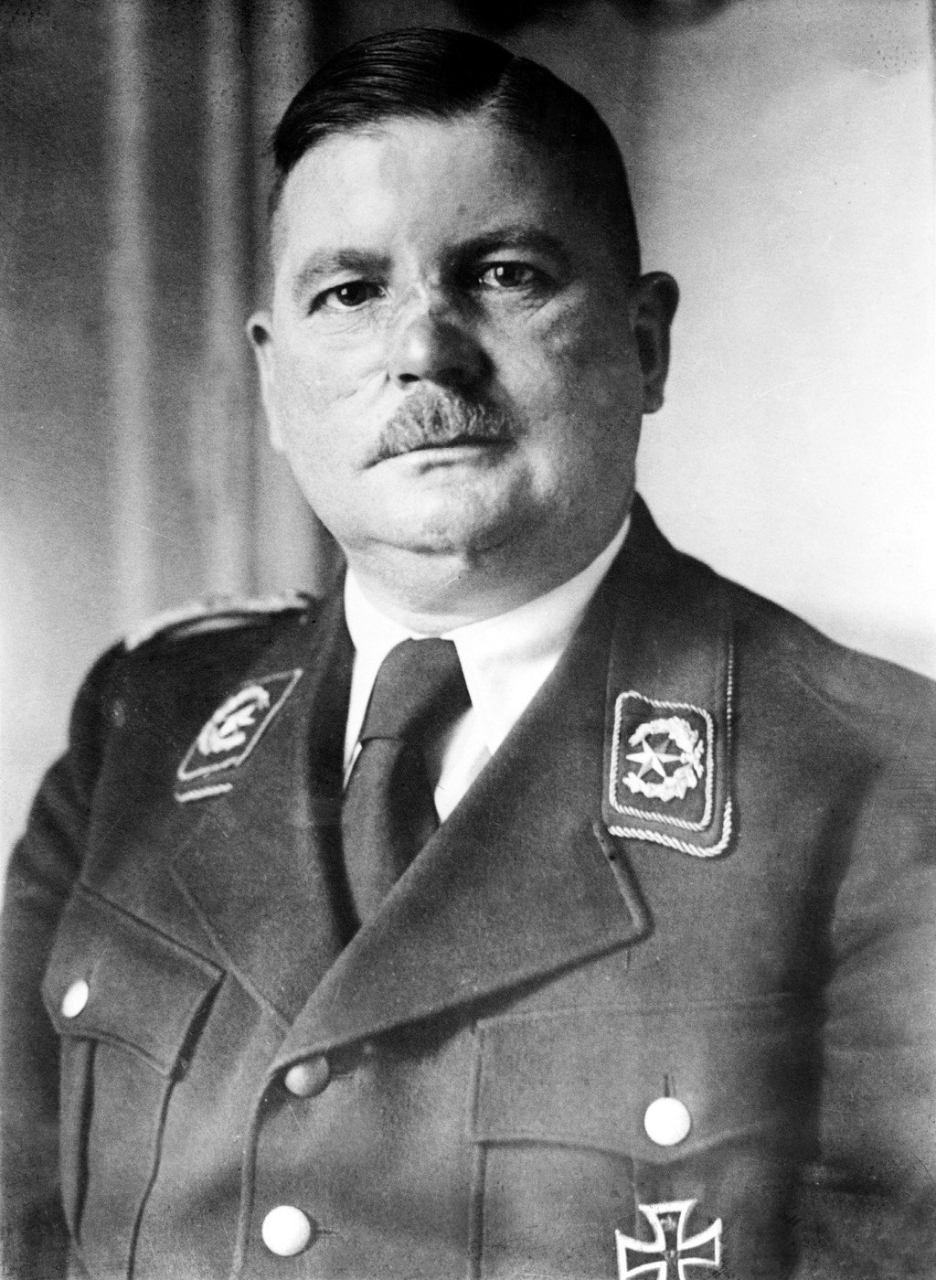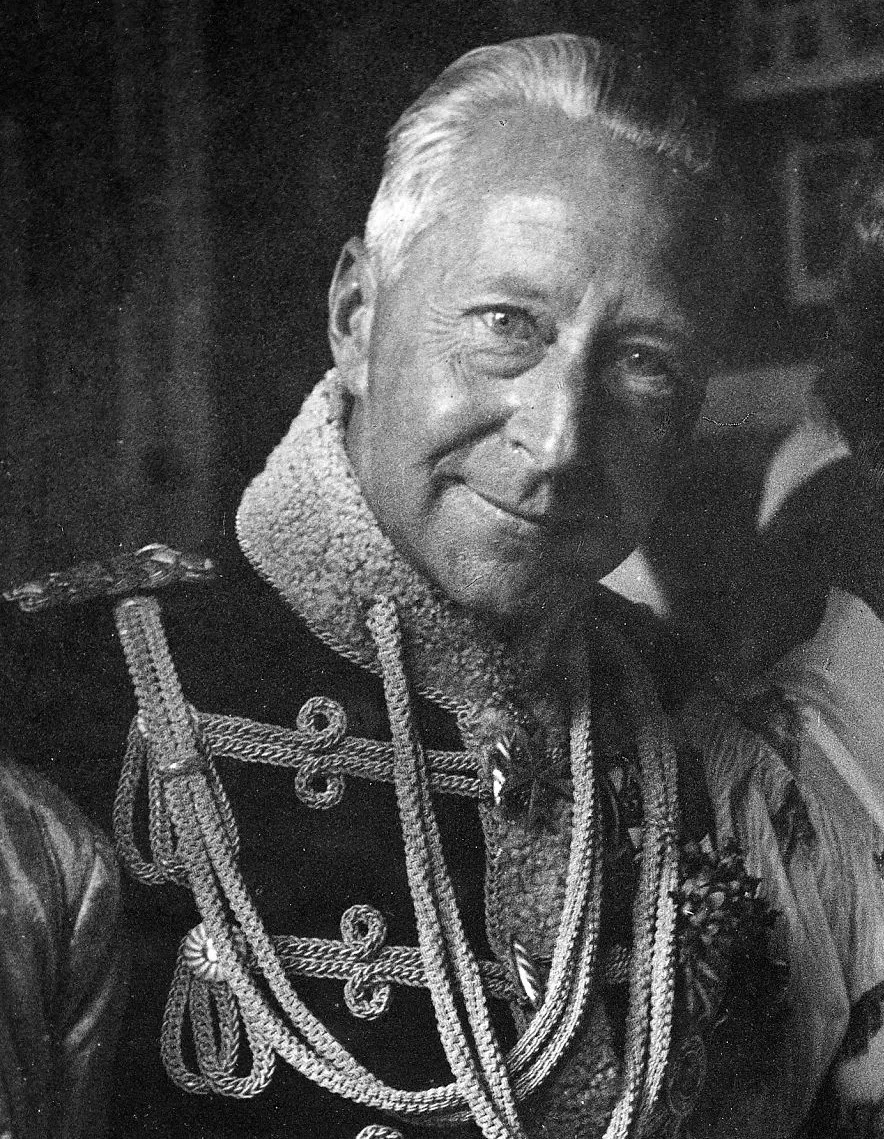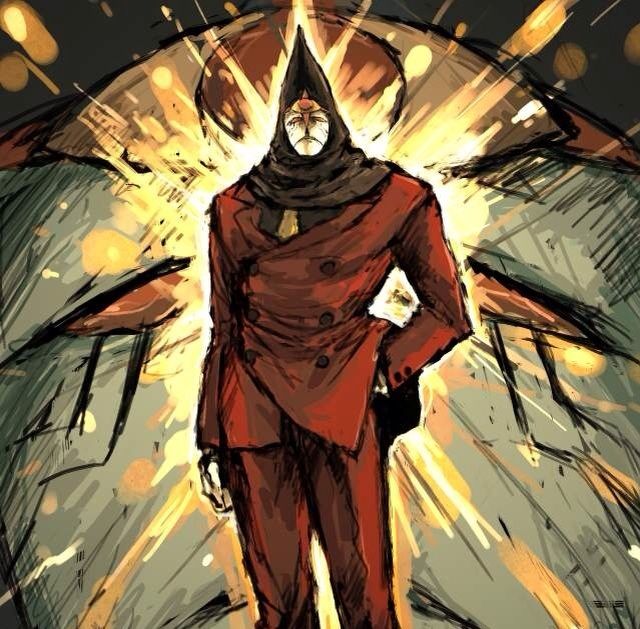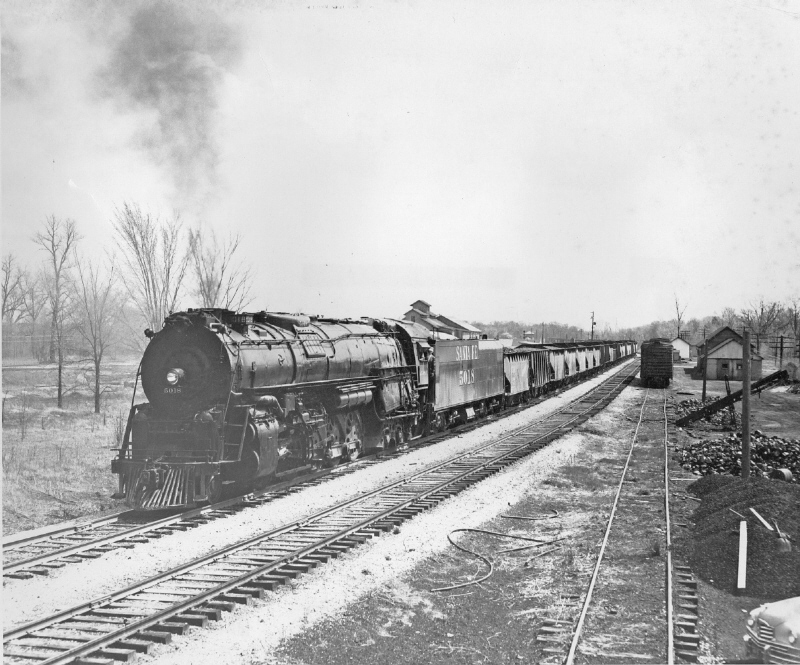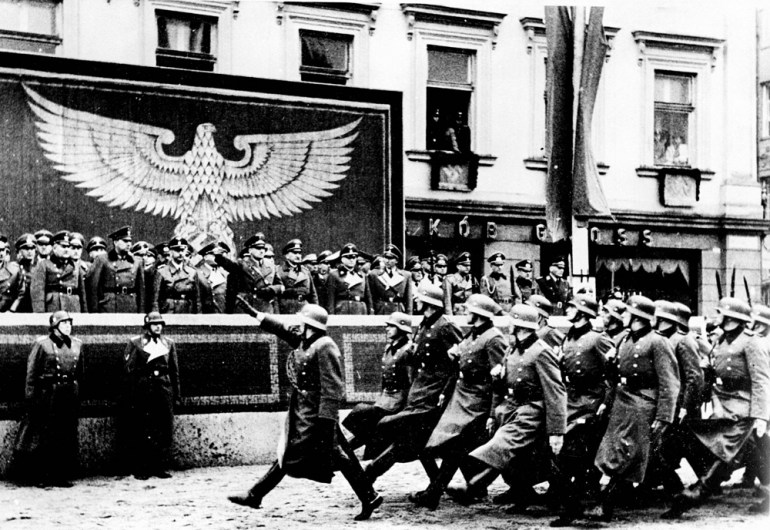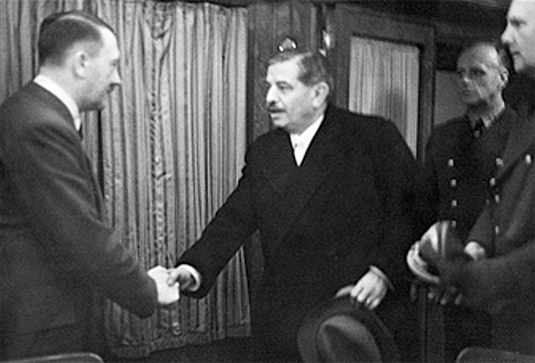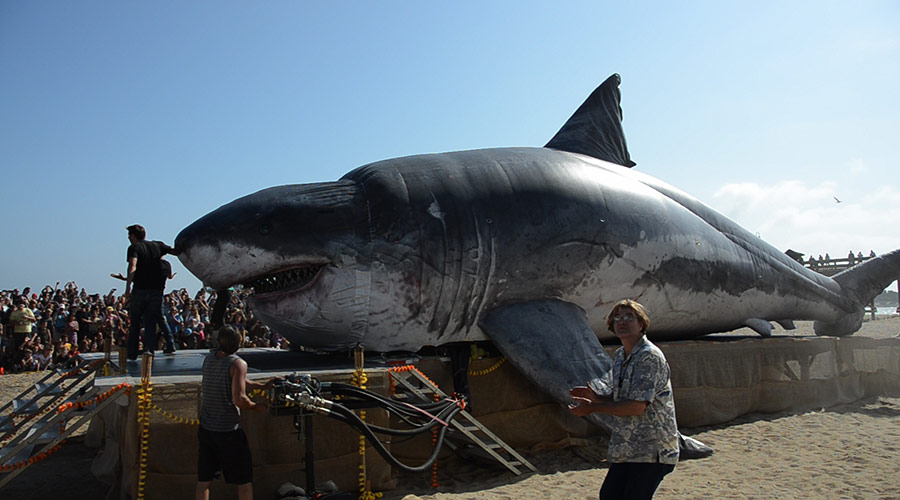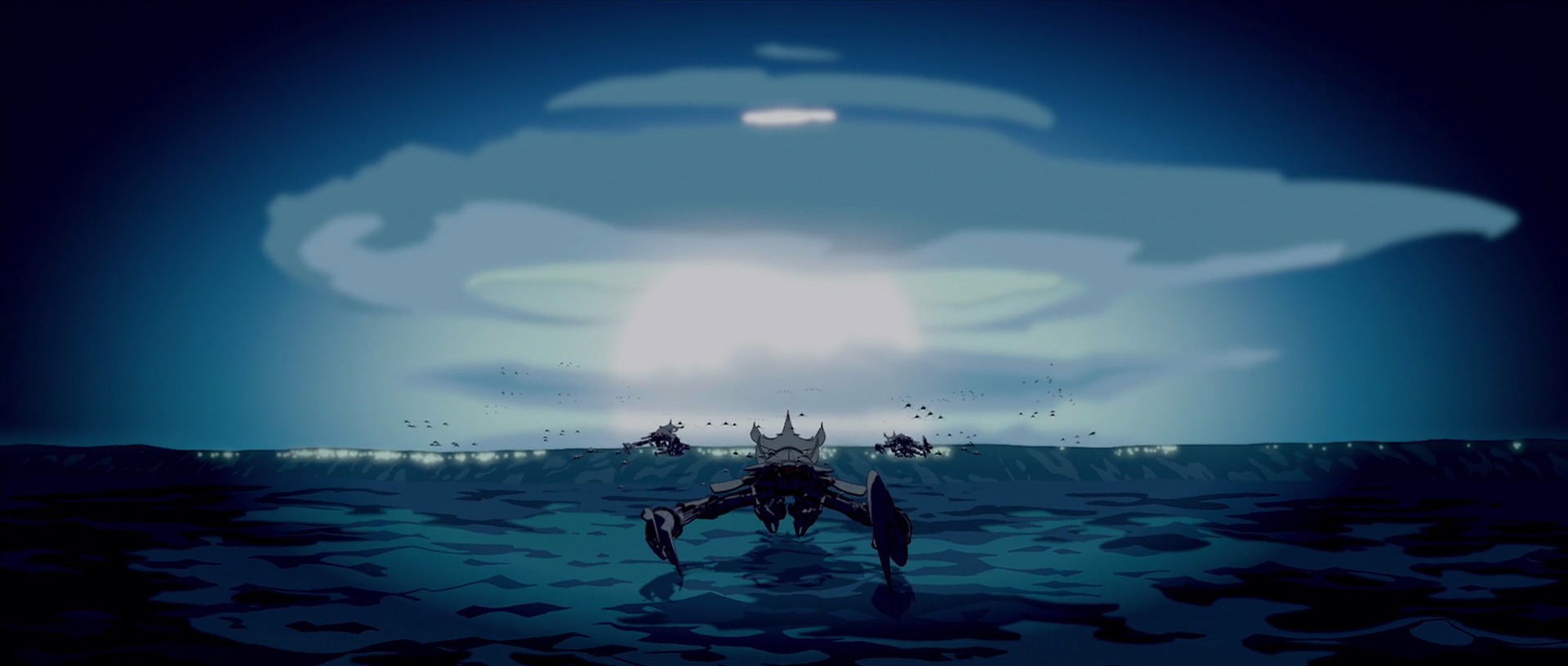Fire in the North II
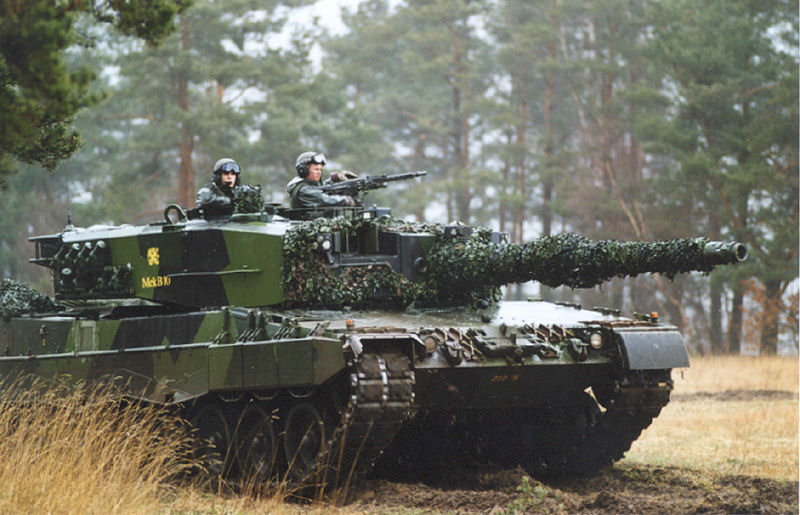
Stridsvagn 122 Main Battle Tank of the up-time Swedish Army. Fourteen of the tanks, plus a similar number of other armoured vehicles, were transported back with Västerås in the Displacement. They would quickly be pressed into service against the Russians along with other elements of the up-time Swedish Army, and would quickly prove utterly lethal against the downtime Russian forces. This photograph was taken during the Battle of Poltava in 1703, which saw the utter shattering of the Russian Army and the death of Tsar Peter the Great. The war would officially drag on for a further year, but would be effectively ended at Poltava.

Carolean troops of the Kingdom of Sweden, just prior to the Battle of Poltava in 1703. The Caroleans of this era had just begun to receive breech-loading rifles, but were retaining their standard tactics. In the battle, they followed in the aftermath of up-time tanks and vehicles - after the Russian ranks had been utterly smashed and scattered by artillery, armour, long-range rifle fire and on occasion strafing runs from above, the ranks of the Caroleans would sweep up what remained.
By 1706, Carolean tactics had changed to match their new rifles, though the soldiers would strongly resist changing their uniforms - it would take the personal orders of King Charles to ensure they did so.

A soldier of the Swedish Home Guard - this particular woman is believed to be a down-timer from Uppsala. The Home Guard would see major growth in the time following the Displacement, with many former conscripts in Västerås joining up to endeavour to protect their home from the threats of the time. They would also open up to down-timers, with a sizeable number of women taking advantage of up-timer practices to join.
While the down-timer Swedes would be...perplexed by the up-timer forces allowing women and foreigners to join, the Home Guard would silence such criticism with a sterling performance on the battlefields of the Great Northern War.

Stridsvagn 122 Main Battle Tank of the up-time Swedish Army. Fourteen of the tanks, plus a similar number of other armoured vehicles, were transported back with Västerås in the Displacement. They would quickly be pressed into service against the Russians along with other elements of the up-time Swedish Army, and would quickly prove utterly lethal against the downtime Russian forces. This photograph was taken during the Battle of Poltava in 1703, which saw the utter shattering of the Russian Army and the death of Tsar Peter the Great. The war would officially drag on for a further year, but would be effectively ended at Poltava.

Carolean troops of the Kingdom of Sweden, just prior to the Battle of Poltava in 1703. The Caroleans of this era had just begun to receive breech-loading rifles, but were retaining their standard tactics. In the battle, they followed in the aftermath of up-time tanks and vehicles - after the Russian ranks had been utterly smashed and scattered by artillery, armour, long-range rifle fire and on occasion strafing runs from above, the ranks of the Caroleans would sweep up what remained.
By 1706, Carolean tactics had changed to match their new rifles, though the soldiers would strongly resist changing their uniforms - it would take the personal orders of King Charles to ensure they did so.

A soldier of the Swedish Home Guard - this particular woman is believed to be a down-timer from Uppsala. The Home Guard would see major growth in the time following the Displacement, with many former conscripts in Västerås joining up to endeavour to protect their home from the threats of the time. They would also open up to down-timers, with a sizeable number of women taking advantage of up-timer practices to join.
While the down-timer Swedes would be...perplexed by the up-timer forces allowing women and foreigners to join, the Home Guard would silence such criticism with a sterling performance on the battlefields of the Great Northern War.






